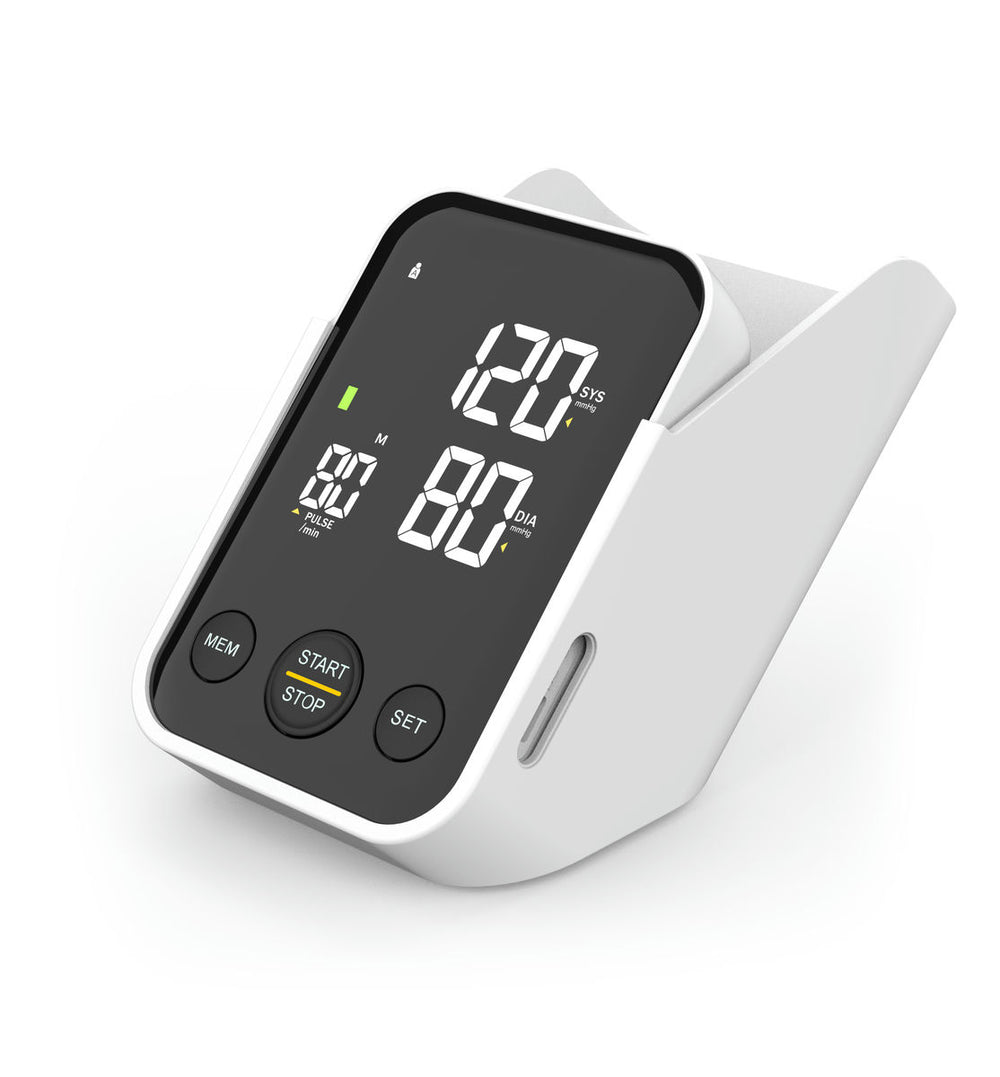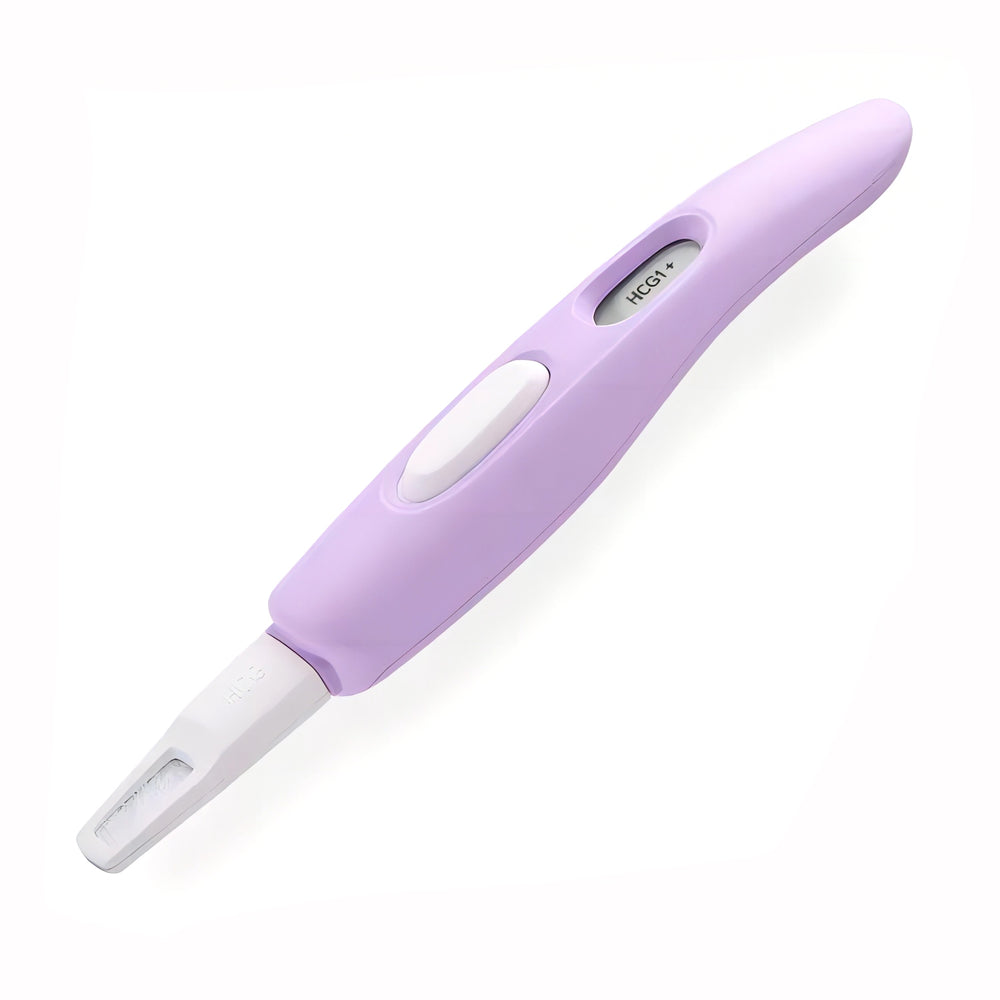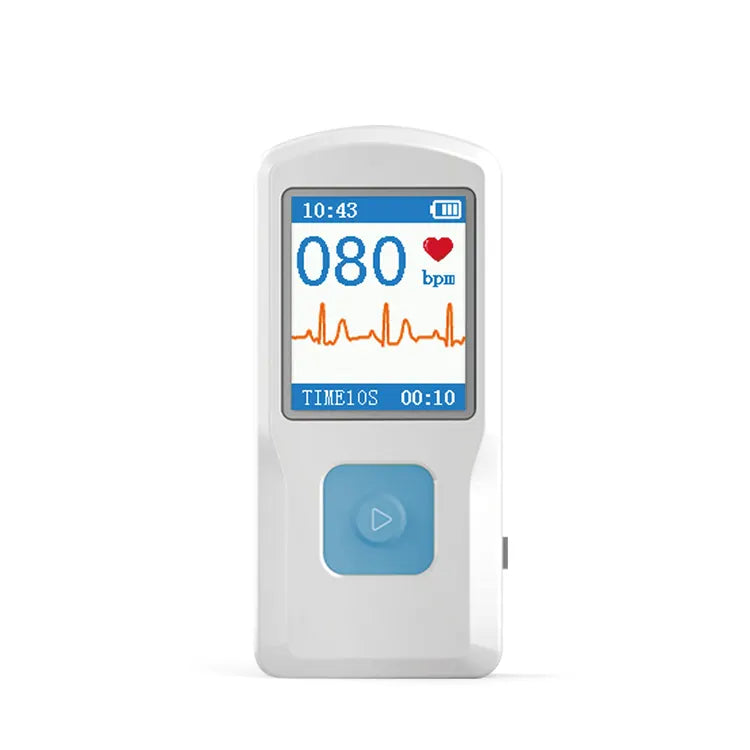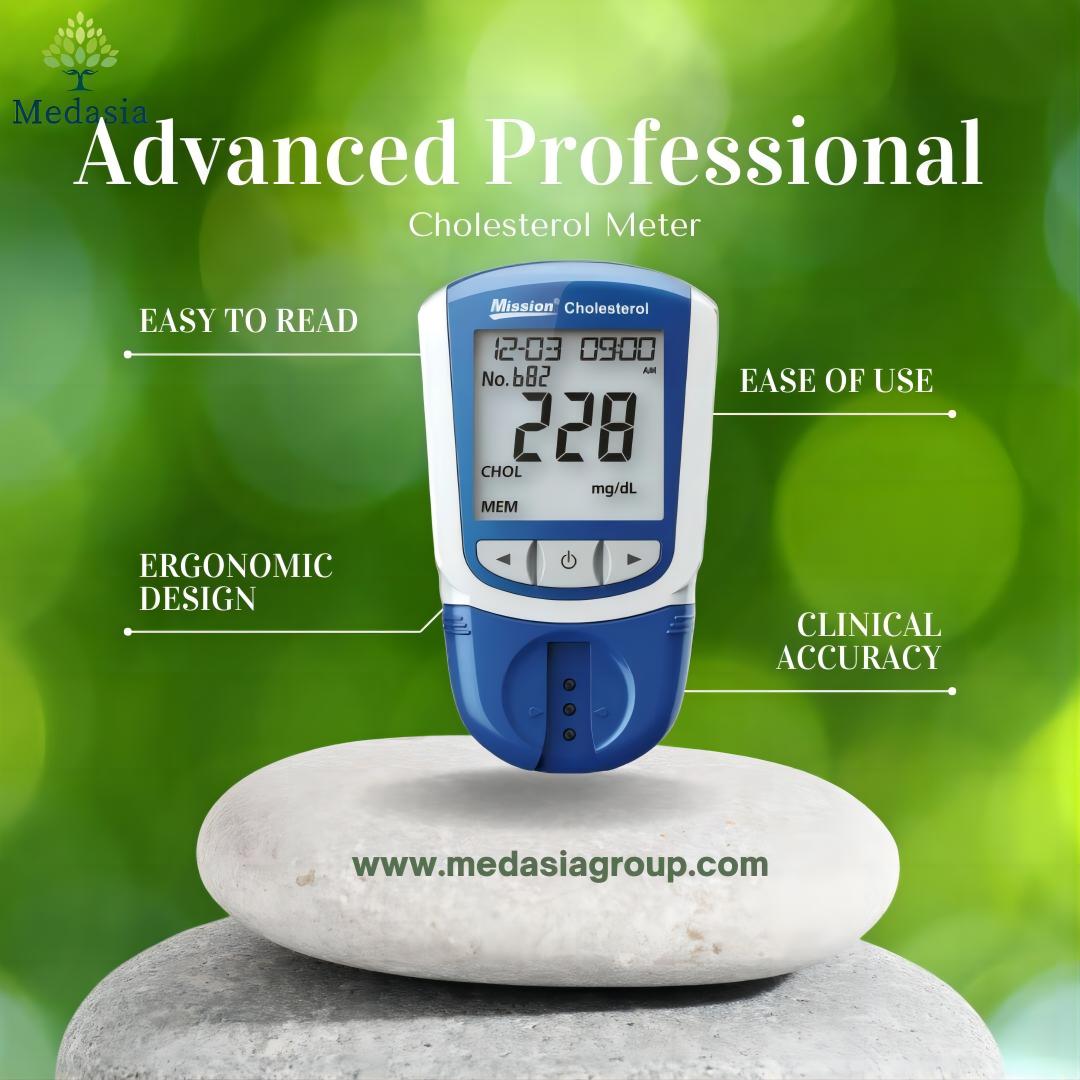How Mercury-Free Thermometers Are Revolutionizing Health Care?

In the fast-paced world of healthcare, innovation is key to ensuring precision and accuracy. Thanks to groundbreaking advancements, the era of mercury-based thermometers is rapidly coming to an end. The use of mercury-free thermometers is revolutionizing health care, providing a safer and more environmentally friendly alternative.
With concerns over the toxic effects of mercury on human health and the environment, hospitals and clinics are adopting mercury-free thermometers as a vital tool in ensuring patient safety. These cutting-edge thermometers use an infrared sensor to measure body temperature quickly and accurately. This not only eliminates the risk of mercury exposure but also reduces the chances of cross-contamination between patients.
Moreover, mercury-free thermometers are incredibly user-friendly, offering seamless integration in healthcare settings. They are easy to disinfect, require minimal maintenance, and deliver results within seconds. This remarkable technology ensures healthcare professionals can efficiently monitor patients' temperatures while prioritizing safety.
From reducing environmental hazards to improving patient care, mercury-free thermometers are paving the way for a healthier and more sustainable future in healthcare. Embracing innovation and prioritizing patient safety, these advanced thermometers are transforming the landscape of health care for the better.
The drawbacks of traditional mercury thermometers

Mercury has long been the go-to element for measuring temperature due to its unique properties. However, traditional mercury thermometers come with several drawbacks that make them less suitable for modern healthcare settings. Firstly, mercury is highly toxic, posing significant health risks if the thermometer breaks or leaks. It can be particularly dangerous when exposed to the skin, eyes, or inhaled as a vapor.
Furthermore, mercury-based thermometers are fragile and prone to breakage, making them challenging to handle and transport safely. The potential for mercury contamination is a constant concern, especially in healthcare environments where accuracy and hygiene are crucial. These limitations have led to a shift towards mercury-free alternatives that provide a safer and more reliable solution.
Advantages of mercury-free thermometers
Mercury-free thermometers offer a multitude of advantages over their traditional counterparts. Firstly, they eliminate the hazardous risks associated with mercury exposure, ensuring the safety of both patients and healthcare professionals. This is particularly important in sensitive environments such as hospitals, where the well-being of patients is paramount.
Additionally, mercury-free thermometers offer speedy and accurate temperature readings, reducing the time and effort required for measurement. With the use of infrared sensors, these innovative devices can provide results within seconds, streamlining the process of monitoring patients' temperatures. This efficiency allows healthcare professionals to focus on delivering the best possible care to their patients.
Moreover, mercury-free thermometers are designed with user convenience in mind. They are easy to handle, disinfect, and maintain, making them ideal for busy healthcare professionals. The simplicity of their operation and maintenance ensures that healthcare providers can rely on these thermometers for accurate and hassle-free temperature monitoring.
Types of mercury-free thermometers available
There are several types of mercury-free thermometers available in the market today, each with its unique features and benefits. One of the most common types is the digital thermometer, which utilizes a small electronic sensor to measure body temperature. These thermometers display the temperature reading on a digital screen, providing a clear and easily interpretable result.
Another popular option is the infrared thermometer, which uses infrared technology to measure body temperature without direct contact. This non-invasive method is particularly useful for monitoring temperatures in children or individuals who are sensitive to traditional methods. Infrared thermometers are often used in pediatric clinics, where accuracy and patient comfort are essential.
Furthermore, there are disposable thermometers available for one-time use. These thermometers are highly convenient and hygienic, as they can be easily disposed of after use. They are commonly used in emergency situations or in settings where cross-contamination is a concern.
How mercury-free thermometers work
Mercury-free thermometers utilize advanced technology to measure body temperature accurately and efficiently. In the case of digital thermometers, a small electronic sensor located at the tip of the thermometer detects the temperature and converts it into a digital signal. This signal is then processed by the device, which displays the temperature reading on a digital screen.
Infrared thermometers, on the other hand, use infrared technology to measure the amount of thermal radiation emitted from the body. The thermometer detects the infrared radiation and converts it into an electrical signal, which is then displayed as a temperature reading. This contactless method allows for quick and accurate temperature measurement without the need for direct skin contact.
Disposable thermometers typically consist of a temperature-sensitive strip that changes color in response to body heat. These strips contain heat-sensitive chemicals that react to temperature changes, providing a visual indication of the patient's body temperature.
Benefits of using mercury-free thermometers in healthcare settings
The adoption of mercury-free thermometers in healthcare settings offers numerous benefits for both patients and healthcare professionals. Firstly, the elimination of mercury reduces the risk of toxicity and exposure, ensuring the well-being of patients and healthcare staff. This is particularly important for vulnerable populations, such as pregnant women, children, and individuals with compromised immune systems.

Moreover, mercury-free thermometers provide accurate and reliable temperature readings, allowing for prompt detection of fever or other abnormal conditions. This enables healthcare professionals to make informed decisions regarding patient care and treatment. The speed and accuracy of these thermometers also contribute to improved patient experience, as temperature measurements can be taken quickly and efficiently.
Furthermore, mercury-free thermometers are easy to clean and disinfect, minimizing the risk of cross-contamination between patients. Their durable and robust design ensures long-term reliability, reducing the need for frequent replacements. This not only saves costs but also contributes to a more sustainable healthcare system.
Mercury-free thermometers in home healthcare
The benefits of mercury-free thermometers extend beyond hospital and clinical settings. These advanced thermometers are also highly suitable for home healthcare, providing individuals with a safe and convenient way to monitor their temperature. With the rise of telemedicine and remote patient monitoring, mercury-free thermometers offer a reliable tool for patients to communicate their health information to healthcare providers.
Moreover, mercury-free thermometers are user-friendly and require minimal training or expertise to operate. This makes them accessible to individuals of all ages and backgrounds, empowering patients to take charge of their own health. The convenience and ease of use of these thermometers promote early detection of fever or other abnormal conditions, enabling timely interventions and treatment.
Mercury-free thermometers and environmental impact
In addition to their health benefits, mercury-free thermometers also have a positive impact on the environment. The elimination of mercury reduces the risk of contamination and pollution, safeguarding ecosystems and natural resources. Mercury is a highly toxic substance that can accumulate in water bodies and enter the food chain, posing a threat to wildlife and human populations.
Furthermore, the production and disposal of mercury-free thermometers have a significantly lower carbon footprint compared to traditional mercury thermometers. This aligns with the growing global focus on sustainability and reducing environmental impact. By embracing mercury-free alternatives, healthcare facilities can contribute to a greener and more sustainable future.
Mercury-free thermometer regulations and safety guidelines
To ensure the safe and effective use of mercury-free thermometers, various regulations and safety guidelines are in place. Regulatory bodies such as the Food and Drug Administration (FDA) and the European Medicines Agency (EMA) establish standards and requirements for these devices. These regulations cover aspects such as accuracy, quality, and safety, ensuring that mercury-free thermometers meet the necessary standards for use in healthcare settings.
Additionally, healthcare facilities and professionals should adhere to safety guidelines provided by regulatory bodies and manufacturers. These guidelines include proper disinfection procedures, regular maintenance, and appropriate storage of thermometers. By following these guidelines, healthcare professionals can maximize the benefits of mercury-free thermometers while ensuring patient safety and accuracy.
Conclusion: The future of mercury-free thermometers in healthcare
In conclusion, mercury-free thermometers are revolutionizing health care by providing a safer, more accurate, and environmentally friendly alternative to traditional mercury thermometers. Their adoption in healthcare settings has led to improved patient safety, reduced cross-contamination, and streamlined temperature monitoring processes. Moreover, the benefits of mercury-free thermometers extend beyond clinical settings, empowering individuals to monitor their health at home.
With ongoing advancements in technology and increasing awareness of the hazards of mercury, the future of mercury-free thermometers in healthcare looks promising. As more healthcare facilities and professionals embrace these innovative devices, patient care will continue to improve, and environmental impact will be reduced. By prioritizing innovation, safety, and sustainability, the era of mercury-based thermometers is gradually fading away, making way for a healthier and more sustainable future in healthcare.
Explore More Blogs of Products
The Promising of Cholesterol Testing
What Advantages Of A Portable Mesh Nebulizer?
Hemoglobin Meter: Let's help people to monitor anemia
How to choose a better digital thermometer
Digital Pregnancy Test : Assisting Couples in Conceiving
Portable Fetal Doppler: Bonding with Your Baby
Reference
WE RECOMMEND
Related posts
- Subscribe MedInsights
- Subscribe MedInsights
- Subscribe MedInsights
- Subscribe MedInsights
- Subscribe MedInsights












